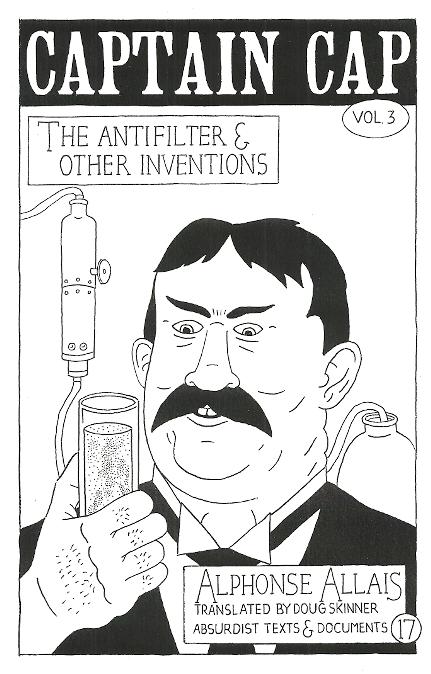
He also contributed to an article in The Grand Magazine, taking the "No" side in a debate on the topic "Is the Mercantile Navy Worth Joining?" In this piece, Hodgson laid out in detail his negative experiences at sea, including facts and figures about salaries. Wells, Jules Verne and Arthur Conan Doyle, Hodgson turned his attention to fiction, publishing his first short story, "The Goddess of Death", in 1904, followed shortly by " A Tropical Horror" (1905). The market for such articles seemed to be limited, however so, inspired by authors such as Edgar Allan Poe, H. One of these articles, "Health from Scientific Exercise", featured photographs of Hodgson himself demonstrating his exercises. He began instead writing articles such as "Physical Culture versus Recreative Exercises" (published in 1903). Despite his reputation, he eventually found that he could not earn a living running his personal training business, which was seasonal in nature, and shut it down. Hodgson was not shy of publicity, and in another notable stunt, rode a bicycle down a street so steep that it had stairs, an event written up in the local paper. His behavior towards Houdini generated controversy the escape artist had some difficulty removing his restraints, complaining that Hodgson had deliberately injured him and jammed the locks of his handcuffs. In 1902, Hodgson himself appeared on stage with handcuffs and other restraining devices supplied by the Blackburn police department and applied the restraints to Harry Houdini, who had previously escaped from the Blackburn jail. Among his customers were members of the Blackburn police force. The School offered tailored exercise regimes for personal training. In 1899, at age 22, he opened a School of Physical Culture in Ainsworth Street, Blackburn, England, as "the inventor and teacher of a system that will cure indigestion". In November 1898, he was awarded the Royal Humane Society medal for heroism for saving another sailor who, in March of the same year, had fallen from the topmast into the sea in shark-infested waters off the coast of New Zealand. He also built up a stamp collection, practised his marksmanship while hunting, and kept journals of his experiences at sea. While away at sea, in addition to his exercises with weights and with a punching bag, Hodgson also practised his photography, taking photographs of aurora borealis, cyclones, lightning, sharks, and the maggots that infested the food given to sailors. The theme of bullying of an apprentice by older seamen, and revenge taken, appeared frequently in his sea stories. When they moved in to pulverize him, they would learn too late that they had come to grips with easily one of the most powerful men, pound for pound, in all England. His relatively short height and sensitive, almost beautiful face made him an irresistible target for bullying seamen. The primary motivation of his body development was not health, but self-defence. This led him to begin a program of personal training. After his apprenticeship ended in 1895, Hodgson began two years of study in Liverpool and was then able to pass the tests and receive his mate's certificate he then began several more years as a sailor.Īt sea, Hodgson experienced bullying. Hodgson's father died shortly thereafter, of throat cancer, leaving the family impoverished while William was away, the family subsisted largely on charity. He was caught and returned to his family, but eventually received his father's permission to be apprenticed as a cabin boy and began a four-year apprenticeship in 1891.

Hodgson ran away from his boarding school at age 13, in an effort to become a sailor. This setting was later featured in Hodgson's novel The House on the Borderland. Hodgson's father was moved frequently and served 11 different parishes in 21 years, including one in Ardrahan, County Galway, Ireland. The death of a child is a theme in several of Hodgson's works including the short stories "The Valley of Lost Children", "The Sea-Horses", and "The Searcher of the End House". He was the second of 12 children, three of whom died in infancy. Hodgson was born in the hamlet of Blackmore End near Braintree in Essex, the son of the Reverend Samuel Hodgson, an Anglican priest, and Lissie Sarah Brown.



 0 kommentar(er)
0 kommentar(er)
